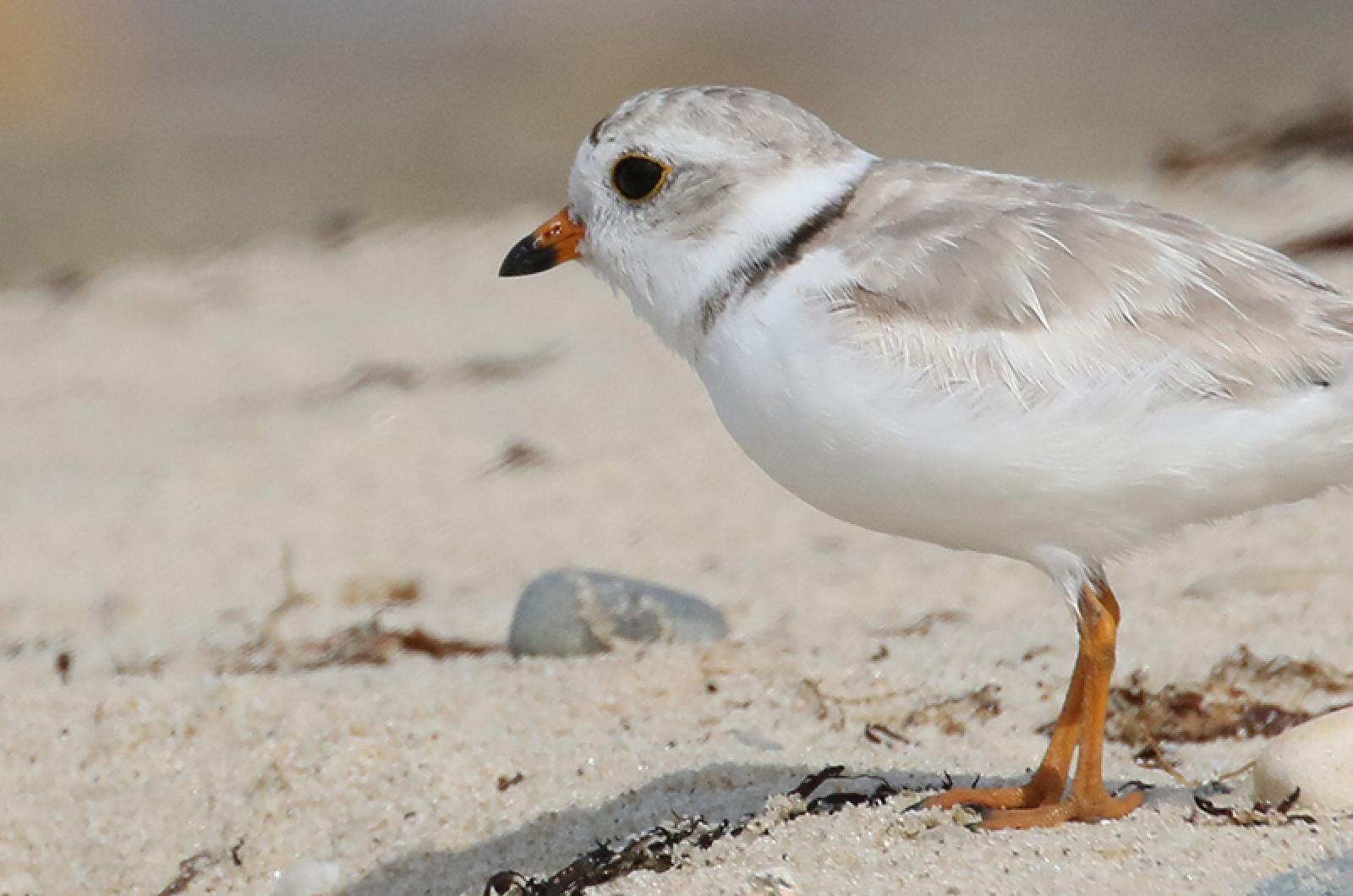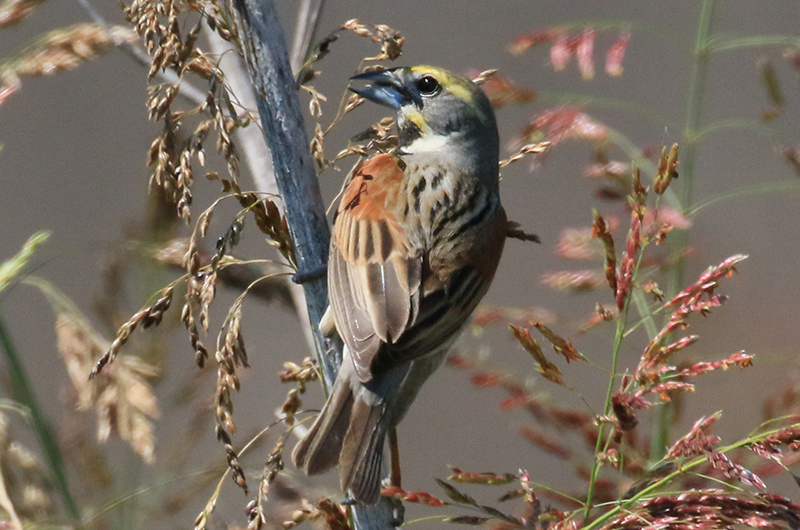Finally! The southward migration of songbirds is becoming more intense. The few numbers of songbird migrants earlier this month was perhaps due to the prevalence of easterly winds blowing off the ocean and pushing the migrants further westward so they used a direct route from Boston and points north to Providence and points south. With the recent gentler winds, the migrants are more likely to reach our shores.
On Sept. 23, Lanny McDowell spotted red-eyed vireo, blue-headed vireo, Nashville warbler and northern waterthrush. He also spotted the first white-throated sparrows of the season on Sept. 25.
Warren Woessner and Bob Shriber had a good morning in Aquinnah on Sept. 24, finding nine species of warblers: Tennessee, northern parula, yellow, magnolia, pine, blackpoll, northern waterthrush, yellowthroat, and black and white. They also spotted three species of vireos — red-eyed and blue-headed, and Philadelphia — as well as the first dark-eyed juncos of the season.
Also on Sept. 24, Allan Keith visited the Gay Head Cliffs and his highlights included least flycatcher, northern parula, black-and-white warbler, yellow-rumped warbler, and a blackpoll. Interestingly, he was not there at the same time as Warren Woessner and Bob Shriber, and he saw different species. Later that day, at Squibnocket, he found both black-throated green and magnolia warblers. And at Fulling Mill Brook on Sept. 26 he spotted house wren, blue-winged warbler, and a daytime calling screech owl. The next day he had a western palm warbler and a and purple finch at Squibnocket and bay-breasted warbler, Tennessee warbler, and blackpoll at Menemsha Hills.
I saw two adult male purple martins fly over my head at the Gay Head Cliffs on Sept. 27, which is late for this species as most of them have departed our shores by the second week of September. I also spotted a female dickcissel among the flock of house sparrows that hangs out around the large parking lot. In the shrubs on the cliffs themselves were a lot of black-capped chickadees, eastern towhees, and catbirds, they were observed from the viewing platform above the cliffs and from the lighthouse viewing area.
Of course, migrants are found anywhere on the Island, not just at the Gay Head Cliffs. Ruby-throated hummingbirds are still widespread across the Island, as 51 different observers — wow, too many to list here — report they were still visiting their feeders. With so many hummers still around, it will be interesting to see if any of them stay past their usual final departure date of Columbus Day.
Great egrets have been gathering in unusually large flocks. Helen Newmann counted 15 of them in the large Lobsterville salt marsh on Sept. 24, and that flock had increased to 26 when I counted them standing still on the upper beach on Edy’s Island (on the Menemsha side of Menemsha shannel) on Sept. 27. Later that day, Wendy Culbert and I spotted another flock of nine egrets in the salt marsh across from Bend in the Road Beach.
Iris Freeman and Warren Woessner found a great-crested flycatcher hawking insects from a fence post at the Farm Institute on Sept 27. Sort of an odd location for a woodlands flycatcher.
At Waterview Farm in Oak Bluffs, John Banks heard a screech owl calling on Sept. 23, and spotted yellow-bellied sapsucker, red-breasted nuthatch. eastern bluebird, and pine warbler there on Sept. 26.
Some ospreys are still hanging around. Amy Morganthau spotted one near Music street in West Tisbury on Sept. 20, while both Mike Savoy and Martha Moore spotted one at Tisbury Great Pond on Sept. 23. Are these sightings all of the same bird?
Jeff Bernier spotted a lingering piping plover at Little Beach on Sept. 23, and Lisa Maxfield saw one there the next day. This bird apparently did not know that they are all supposed to have left here before the middle of September. And Betsy Burnett spotted the lingering sandhill crane at Muskoday Farm on Sept. 26. How late will these birds hang around?
Other waterbirds spotted this past week include a pectoral sandpiper observed by Jeff Bernier on Norton Point Beach on Sept. 25. Debra Luce spotted a great blue heron at the Oak Bluffs Pumping Station on Sept. 26; it was also seen by Katherine May-Waite, whom also found a green heron and an American wigeon there.
Northern flickers visited Carlton Simonin’s suet feeder on Sept. 26. Other flickers were seen by Jean McCarthy, Angela Henderson, and Karen Swift-Shannon.
Finally, Gus Ben David reports the first peregrine falcon of the season visited his yard recently, and that he gets daily visits from a Cooper’s hawk and red-breasted nuthatches. He also notes that grackles have finally departed from his yard. Do not get too excited about the flock of 27 snow geese — both white and blue color phases — that frequent the football field at the high school; they are Mr. Ben David’s captive but full-winged flock and they often venture away from his yard. Their presence there provides an opportunity to learn what they look like.
Robert Culbert is an ecological consultant with Nature Watch LLC living in Vineyard Haven.









Comments
Comment policy »